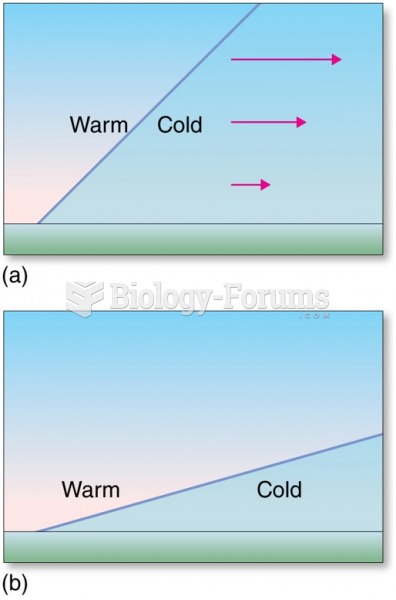|
|
|
Allergies play a major part in the health of children. The most prevalent childhood allergies are milk, egg, soy, wheat, peanuts, tree nuts, and seafood.
On average, the stomach produces 2 L of hydrochloric acid per day.
Common abbreviations that cause medication errors include U (unit), mg (milligram), QD (every day), SC (subcutaneous), TIW (three times per week), D/C (discharge or discontinue), HS (at bedtime or "hours of sleep"), cc (cubic centimeters), and AU (each ear).
More than 34,000 trademarked medication names and more than 10,000 generic medication names are in use in the United States.
Human neurons are so small that they require a microscope in order to be seen. However, some neurons can be up to 3 feet long, such as those that extend from the spinal cord to the toes.
 Apply stripping effleurage with the thumb to the flexor and extensor muscles of the forearm. Apply ...
Apply stripping effleurage with the thumb to the flexor and extensor muscles of the forearm. Apply ...
 Apply circular friction and direct pressure to suboccipital muscles one side at a time.Turn head to ...
Apply circular friction and direct pressure to suboccipital muscles one side at a time.Turn head to ...





